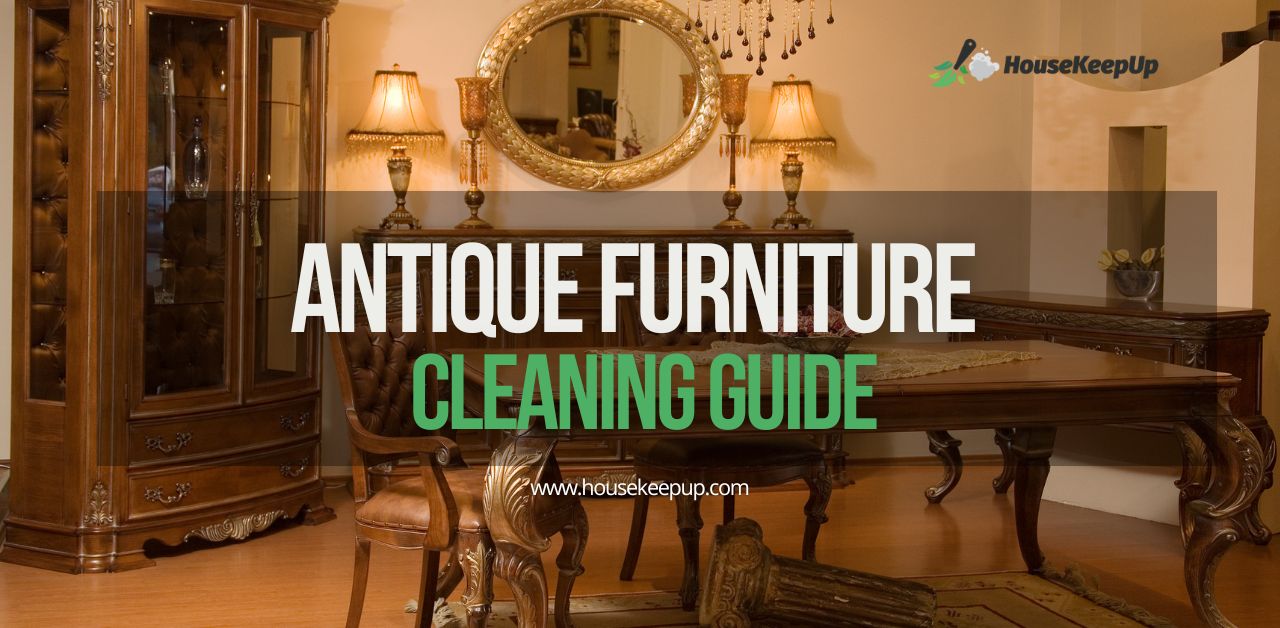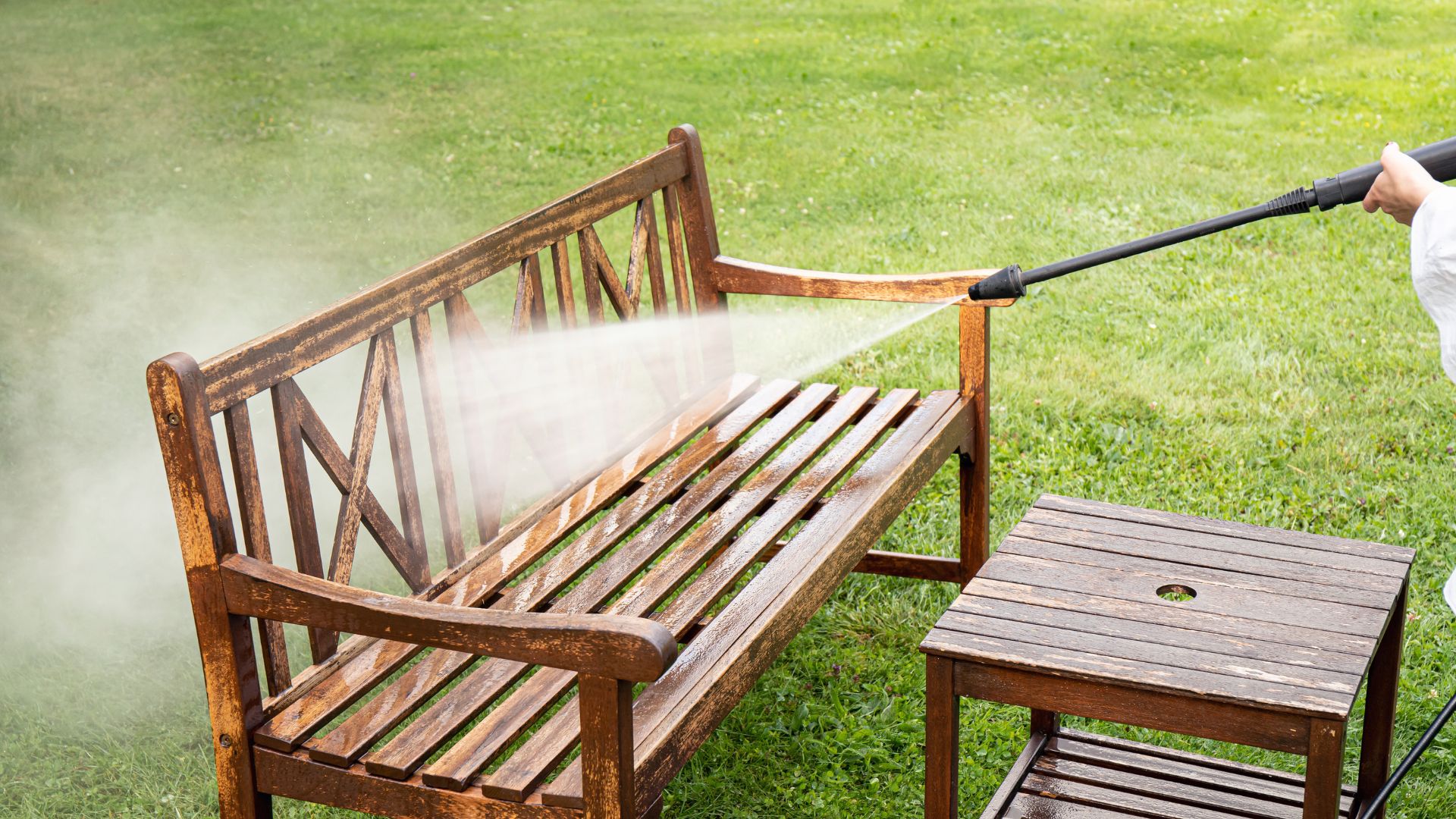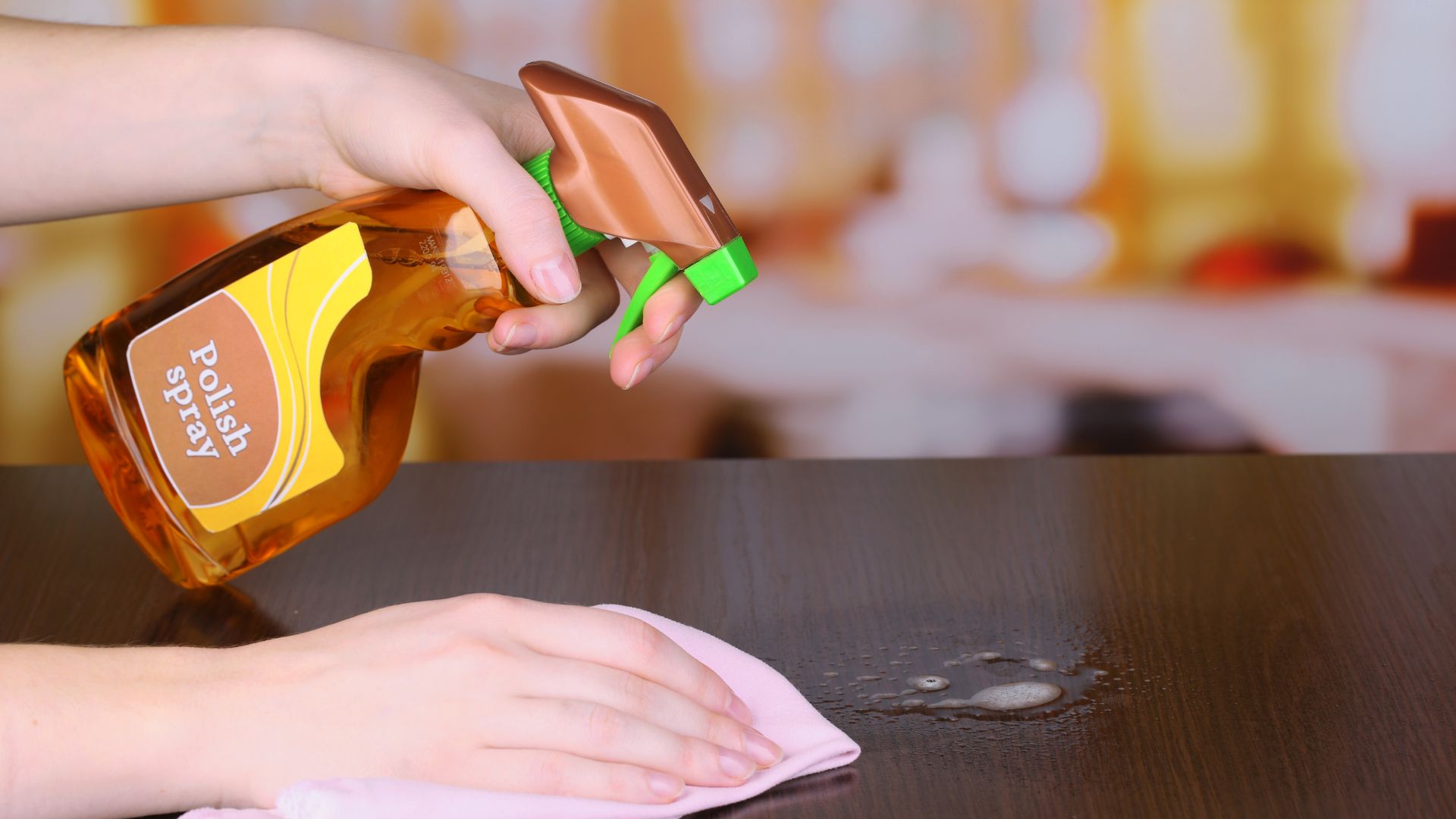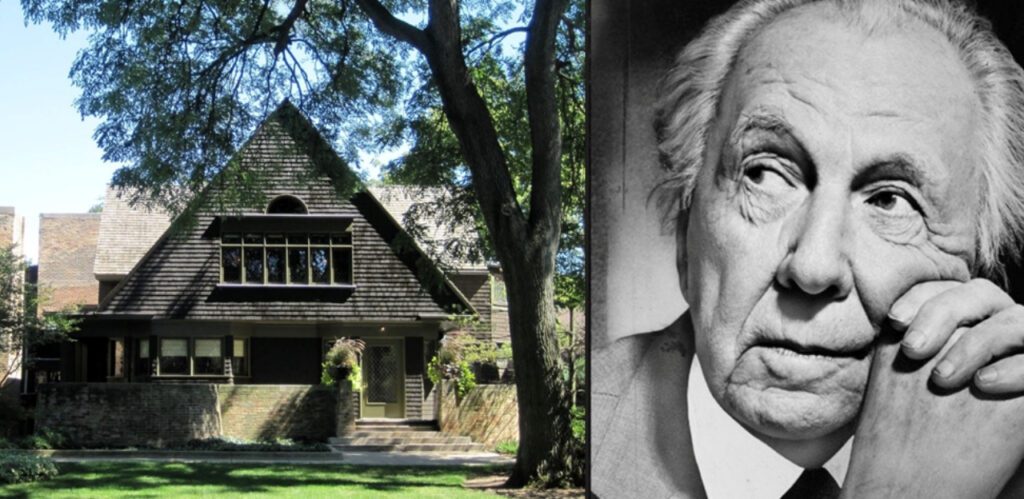
Wondering how to clean antique furniture without damaging its timeless beauty? This comprehensive guide provides expert techniques for cleaning and preserving antique wood pieces. Learn how to safely remove grime, address common issues like water stains, and maintain your furniture’s value.
We cover everything from gentle dusting methods to deep cleaning processes, tailored specifically for antique wood. For clarity, we’ve included a glossary of terms. Whether you’re a collector or a novice, you can master the art of cleaning antique furniture with our step-by-step instructions.
Identifying Antique Wood Types and Finishes
Before cleaning, it’s crucial to identify the type of wood and finish on your antique piece. Common woods include oak, mahogany, walnut, and cherry. Finishes may range from shellac and varnish to wax or oil. This knowledge informs the appropriate cleaning methods and products to use.
Pre-Cleaning Inspection: Assessing Your Antique Furniture’s Condition
Begin with a thorough examination of the furniture:
- Check for loose veneer, joints, or decorative elements.
- Identify areas of dirt accumulation and any stains or damage.
- Test the finish in an inconspicuous area to determine its durability.
Effective Cleaning Techniques for Antique Wood Furniture
Dust Removal
Regular dusting is essential for maintaining antique wood furniture:
- Use a soft, lint-free cloth or a feather duster for general dusting.
- For intricate carvings, employ a soft-bristled brush or compressed air.
Gentle Cleansing
For light soil:
- Mix a solution of mild soap (pH-neutral) and lukewarm water.
- Dampen a soft cloth with the solution, wring out excess water.
- Gently wipe the surface, following the wood grain.
- Immediately dry with a clean, soft cloth.
Deep Cleaning Antique Wood: Tackling Stubborn Grime and Build-up
For stubborn grime:
- Create a mixture of equal parts white vinegar, olive oil, and lemon juice.
- Apply sparingly with a soft cloth, working in small sections.
- Gently buff with a clean, dry cloth.
- Test this solution in an inconspicuous area first, as it may affect some finishes.

Treating Common Issues in Antique Wood Furniture
Removing Water Stains from Antique Wood
- For white water marks, apply a small amount of non-gel toothpaste.
- Gently rub with a soft cloth, then wipe clean and dry thoroughly.
Eliminating Mold and Mildew on Antique Furniture
- Mix equal parts water and denatured alcohol.
- Apply with a soft cloth, being careful not to oversaturate the wood.
- Dry immediately and thoroughly with a clean cloth.
Removing Wax Build-up on Antique Wood
- Use mineral applied with #0000 steel wool.
- Work in the direction of the wood grain.
- Wipe clean with a soft cloth.
Polishing and Waxing Antique Wood: Best Practices for a Lasting Shine
After cleaning, apply an appropriate polish or wax:
- Choose a high-quality furniture polish or beeswax.
- Apply a thin, even coat using a soft cloth.
- Allow to dry according to product instructions.
- Buff gently with a clean cloth for a subtle sheen.
Avoid over-polishing, as this can damage the patina of antique furniture.

DIY Restoration Tips for Antique Wood Furniture
Minor restoration can be performed at home:
- Fill small scratches with a matching wood filler or touch-up pen.
- Reglue loose joints using appropriate wood glue.
- For significant damage or valuable pieces, consult a professional restorer.
Preventive Care: Protecting Your Antique Wood Furniture for Future Generations
To preserve your antique furniture:
- Maintain consistent temperature and humidity levels.
- Avoid direct sunlight and heat sources.
- Use coasters and pads to prevent scratches and water damage.
- Regularly inspect for signs of wear or pest infestation.
Conclusion
Proper cleaning and maintenance of antique wood furniture require knowledge, care, and patience. By following these guidelines, you can preserve the beauty and integrity of your valuable pieces for years to come. Remember, when in doubt about a cleaning method or for valuable antiques, it’s advisable to consult a professional conservator.
Glossary of Terms
- Patina: The natural aging process of wood and other materials over time, appearing as a soft sheen or glow that develops through years of use and exposure.
- Veneer: A thin decorative layer of fine wood applied to a surface of typically inferior wood.
- Shellac: A resin secreted by the lac bug, used as a wood finish.
- Mineral spirits: A petroleum-derived solvent used as a paint thinner and mild solvent.
- #0000 steel wool: An extremely fine grade of steel wool, used for gentle cleaning and polishing.
- pH-neutral: Having a pH of 7, neither acidic nor alkaline, making it safe for delicate surfaces.
- Denatured alcohol: Ethanol that has additives to make it poisonous or unpalatable, used as a solvent and cleaning agent.





0 Comments